“The financial summary is a powerful tool for your business as you can see the performance of your job while highlighting areas of concern that need your attention.
See where your financials on the job are at a glance so you’re always on top of it.
The financial summary pulls in slightly different information depending on the job type. For quoted jobs, it compares what you quoted for labor and materials against what you’ve actually recorded on the job so far. For charge up jobs, since there’s no quote to compare against, it calculates profit based on the actual costs and sell prices of everything you’ve added to the job. If you’re ever unsure about a figure in the financial summary, just hover over the little question marks next to each number for more details.
And here’s a good rule of thumb, billable or priced means the amounts from your quote, while costs typically refers to the actuals added to the job so far and how much they cost your business.
And a final note before we get started that if the bar is green, you’re in the clear and if it’s red, you’re getting close to or have gone over the budget and Fergus is flagging this.
Now, let’s break down the financial summary.
Right at the top, you’ll see your overall position. This gives you a quick snapshot of how things are tracking. The first bar compares your costs to your current potential profit. The bar below shows how much you’ve invoiced versus what’s still outstanding.
Next, we have more of an in-depth breakdown.
First, we have the profit margins and invoice sections.
These only show up after you’ve sent your first invoice. Profit margin shows your current margin based on approved invoices and the invoice section tracks how much of the quote you’ve already invoiced versus what’s left. Next, we have spent costs. This shows the total labor and material costs so far compared to your quoted costs.
Labor hours compares the quoted hours for this job versus actual time logged so far. It also highlights remaining hours versus scheduled future hours, so you always know if you’re on track. Finally, we have labor costs and material costs.
These both compare the quoted versus actual costs. Labor costs also flags uncharged labor hours, which won’t bring in any profit. Below this, we have the job phase breakdown. If your job has multiple phases, you can check how each one is tracking separately and at the very bottom, we have the labor and material breakdown graph. A nice visual that shows how how labor and materials compare.
For example, if you hover over the price bar, it’ll show the total cost of labor and materials in your quote. It’s a good way to visualize what you’re spending more money on.
And a final tip, if your job has variations, you can toggle what’s included in the summary from the top right corner. View the whole project or one variation and that’s it. With the financial summary, you can stay on top of your numbers in real time and make sure your jobs stay profitable.
Check it regularly and you’ll never be caught off guard.”
Our 20,000+ trades businesses have slashed their admin, are getting paid faster, and are finally enjoying their weekends again.



